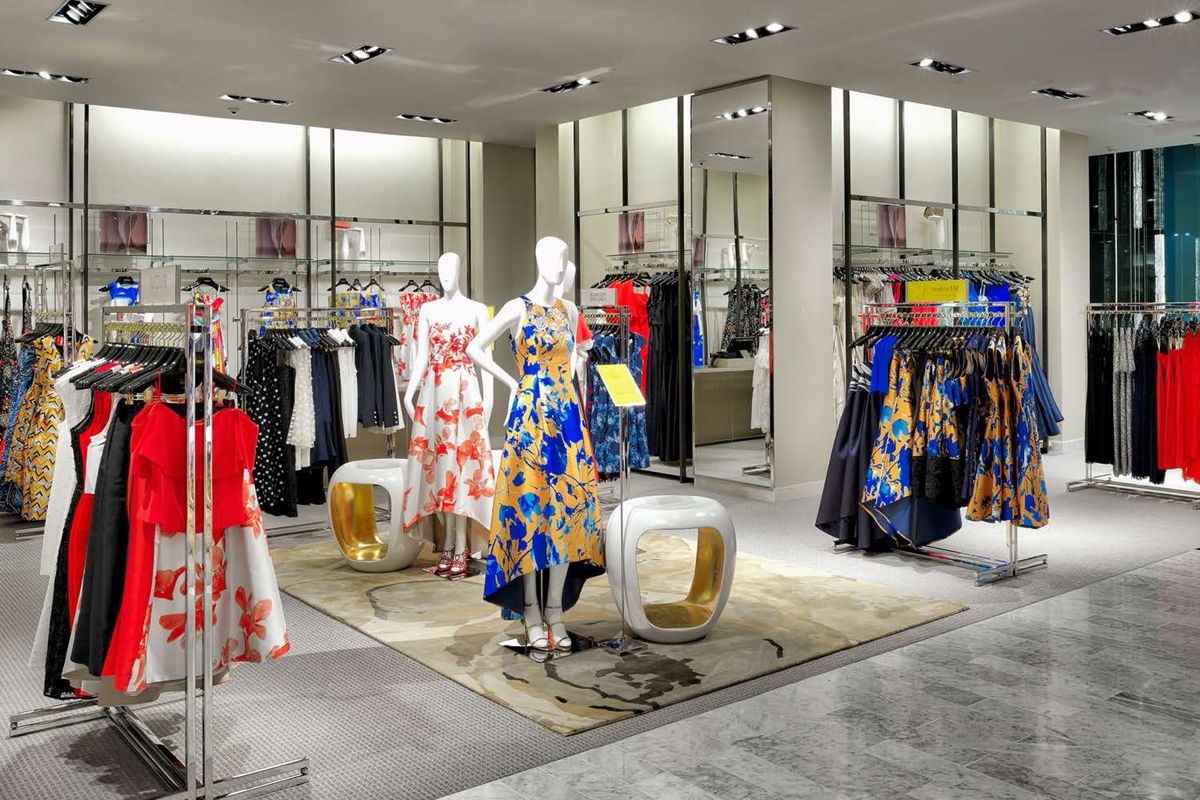ESPN, all over your television guide and digital channels, notably uses a yardstick that measures how well as opposed to how many.
“Quality always wins,” Ryan Spoon, ESPN’s Senior Vice President of Digital and Social, told me in an exclusive interview for my new book, The Art of Digital Persuasion.
“And that pertains to any job. Whether you're creating the content, creating a product, you're distributing the content, marketing it, whatever that might be.”
In the United States, ESPN has eight cable networks and ESPN on ABC. The digital lineup includes ESPN.com; ESPN3; ESPN Fantasy Sports; espnW, ESPNDeportes.com; TheUndefeated.com; plus a group of niche sites. ESPN+ offers thousands of live events, original programs and on-demand content. The company also has a radio network and magazine.
In short, the brand is seemingly everywhere.
ESPN has certainly made mistakes. Who can forget the ill-advised ESPN MVP phone? Then there have been the company’s missteps around digital and too many apps. It has taken until recently for ESPN to hone in on what fans really want – personalized experiences tailored to the digital channel.
Is the strategy working?
ESPN Digital ranked as the No. 1 U.S. digital sports property in February across every key metric. The network reached 88.4 million unique visitors (up +21% YOY) for its best February on record.
The ESPN mobile app was once again ranked as the No. 1 sports app in the U.S., attracting 18.5 million unique visitors and 1.3 billion minutes, up +24% and +33%, respectively YOY. ESPN Digital also was No. 1 in total minutes with 4.3 billion, which was 1.7 billion more than No. 2 Yahoo-NBC Sports (2.6 billion), and with an average minute audience of 106,000, out-delivering No. 2 Yahoo-NBC Sports (64,000).
Still, it’s less about more and more about excellence.
“I don't know the best way to say it other than just a general mantra, and that’s fewer things done better,” Spoon told me.
In other words, failure often comes when you overextend.
There are four additional words gleaned from my interviews to slap on ineffective marketers:
Unrealistic
Identify a proven innovator and I’ll guarantee that the road to success had more than a few bumps. The smart ones know that is to be expected. We can only make our best judgments, do what we can, and hope for the best.
“Everyone has to be relatively sober-minded when evaluating the possibility of a what might come in the future and realize that for all of us who are trying to predict what can happen, we're all partially right and partially wrong,” Aaron Price, Senior Vice President of Global Marketing, told me.
Misguided
To those seeking clarity on the question of when they will master digital marketing, Google’s Jason Spero believes that it is all tied to delivering for consumers.
“It's likely the question of when we get to the finish line might be the wrong metaphor,” Spero, Vice President, Performance Media, explained to me. “But rather how do we recognize consumers’ expectations and how might we be able to serve her needs in a way where she may not see the technology, but she's delighted by the experience?”
Lackadaisical
Maybe next year is a mindset that frankly will get you fired. Think instead of what you can get done today in the area of digital persuasion.
“We don't have 10 years to figure it out, we've got 10 minutes,” global tech marketing strategist Tamara McCleary told me. “We are all wondering where to place our next step. We are all walking on top of quicksand, and we have to be hyper-vigilant about the steps we take. But at the same time, we also can't hold back because we could be completely disrupted if we aren't moving forward.”
Confused
Do not think for a second that gaining an understanding of today’s emerging technologies is the end game. There surely are more changes to come behind it.
So how does one cope with that prospect?
“There's going to be a lot more innovation and disruptors,” Stacy Minero, Head of Content Creation at Twitter, said to me. “I’m not sure how it will play out. I do think that great stories that are rooted in human insight and strike a cultural chord will be sustainable forever.”
In summary, the 12 leaders interviewed shared beliefs that the task is neither easy nor for the faint of heart. Still, there was a persistent theme that there has been no better time to be a marketer, a notion embraced only by those who choose to ride the winds of change rather than get blown over by them.



















